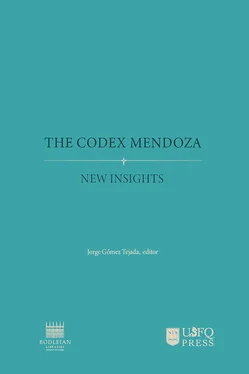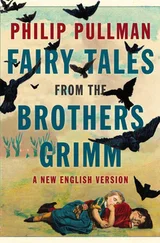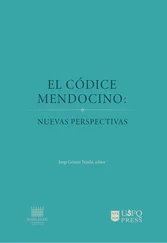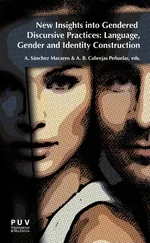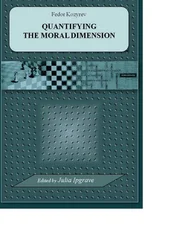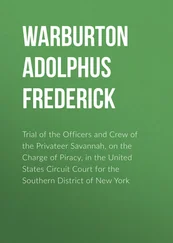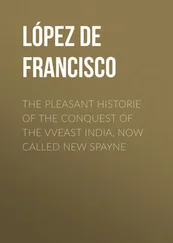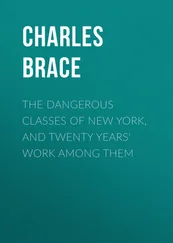The two parts are described together as one volume in an early list of John Selden’s manuscripts (Library Records b. 475), in a section headed “Libri MS Latini et Graeci in folio etc” (folios 20v-21r):
“Historia Mexicana cum figuris q(ua)si hieroglyphicis.
w(i)th Sr Th: Smith Tables of values of Roman & gr: coynes.”
(folio 20v, Col. I, third item in unnumbered list).
Parts of this catalogue, including folios 1r-7v and the list on folios 20v-21r, are in the handwriting of Thomas Lockey, who, as Bodley’s Librarian in 1660-5, was responsible for listing and arranging Selden’s books.7
A second catalogue of a similarly early date (Library Records b. 474) is also associated with Lockey’s librarianship, although it went through different hands. It lists the materials more definitely as shelved in Duke Humfrey’s Library, under the more explicit title The Catalogue of Mr: Seldens bookes at the West end of Sr: Th: Bodleys Library (folio i verso). The two parts of the manuscript are described together in similar terms under the heading “MS Graeci et lati. in folio” (folio 7v, not in Lockey’s hand): “Hist(ori)a Mexicana cum figuris ipsorum, with Sr Tho: Smith’s Tables of Roman & greek Coyns.” This catalogue is fragmented, but survives complete in another contemporary transcript (MS. Add. C. 40), where the Codex Mendoza is entered under the same heading and with the same wording on p. 35. The general title of MS. Add. C. 40 (p. xii) reads, “A Catalogue of the books given by Mr Seldens Executors to the Library of the University of Oxford”.
The catalogue evidence proves that the two parts now bound together as MS. Arch. Selden. A. 1 were still separate at the time of John Selden’s death in 1654, as catalogued in London circa 1655, but that they were listed together by Thomas Lockey during his period as Bodley’s Librarian before his resignation on November 29, 1665. However, within that period it is not clear where that binding took place, whether in London between 1655 and 1659 or in Oxford between 1655 and 1665. During that decade, a great deal of activity had taken place over Selden’s books to ensure that they were safely transferred to Oxford and made available on the shelves at the far end of Duke Humfrey’s Library. Part of that process involved binding together various thin manuscripts of booklet thickness into larger volumes, apparently on no other basis aside from approximately matching size. It was this process which left the fifteenth-century Selden Carol Book bound up not only with an eighth-century leaf of Gregory’s Pastoral Care, but also with William Cartwright’s 1630s play The Royall Slave and with other further pieces. These were assembled in one of the bindings of brown leather to form the composite volume now shelfmarked as MS. Arch. Selden. B. 26.
The exact dates of transfer for Selden’s manuscripts are problematic. It appears that some reached Oxford in 1655 and that others did not arrive until 1659 with the bulk of the library, but there are no separate listings to distinguish these; many others never reached Oxford. Because of problems with John Selden’s will, the disposal of his books became, in effect, the decision of his executors, amongst whom Sir Matthew Hale (1609-1676) took the most active role. It is not impossible that Hale could have ordered some “tidying” by means of binding up the loose materials before Oxford’s allocation of manuscripts was transferred. Otherwise, however, at least the brown leather bindings can be matched with those of non-Selden books which can be shown to have been bound at Oxford in between the 1650s and1660s, even if the style of these and of Codex Mendoza’s parchment binding are perhaps too plain to definitively determine where they were bound.
Fourth stage (Oxford, Bodleian Conservation Workshop, 1985-6)
Over the following three centuries or so of the manuscript’s period at Oxford, frequent handling may have resulted in various running repairs. A systematic program of minor repairs which did not involving major pulling or rebinding was carried out in 1985-6, as described above. Folios i and ii were added to provide further protection at the front in 1986.
Table 1. Codex Mendoza: Sample List of Beta X-Rays of Watermarks
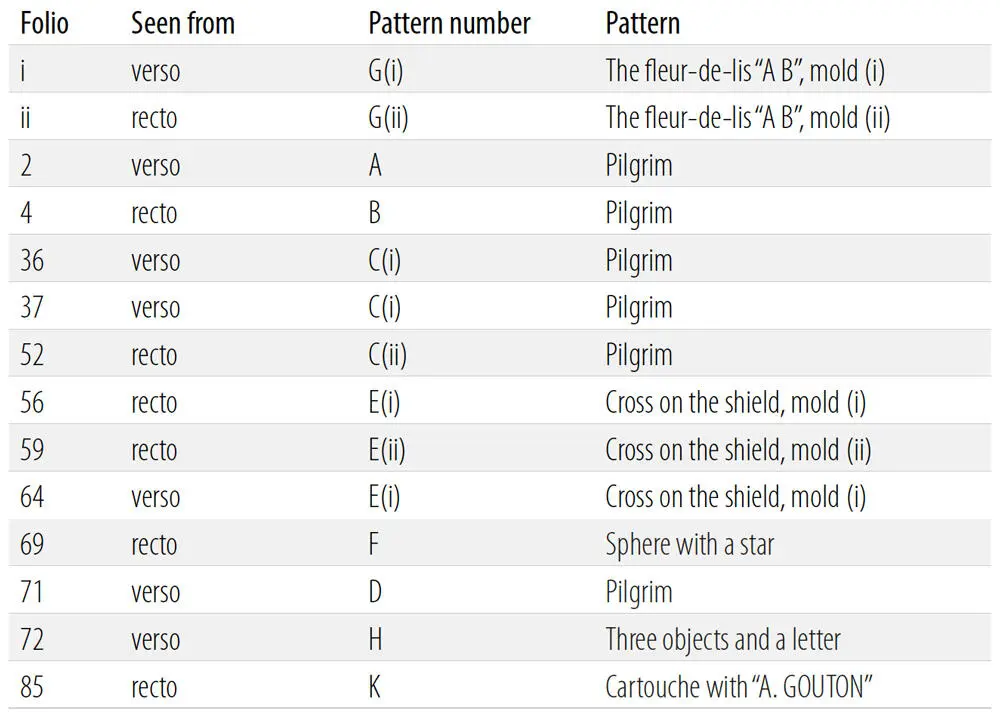
References
Barker-Benfield, B.C. 1997. “Appendix.” In The Works of Geoffrey Chaucer and “The Kingis Quair”: A Facsimile of Bodleian Library, Oxford, MS Arch. Selden. B. 24, by Geoffrey Chaucer, edited by Julia Boffey and A. S. G. Edwards. Cambridge: D.S. Brewer.
———. 2000. “The Bindings of Codex Mendoza.” Bodleian Library Record 17 (2): 96–105.
Berdan, Frances, and Patricia Rieff Anawalt, eds. 1992. The Codex Mendoza. 4 vols. Berkeley, CA: University of California Press.
Briquet, C. M. 1968. Les filigranes: dictionnaire historique des marques du papier dès leur apparition vers 1282 jusqu’en 1600. 4 vols. Ámsterdam: Ed. A. Stevenson.
Gómez Tejada, Jorge. 2012. “Making the Codex Mendoza, Constructing the Codex Mendoza: A Reconsideration of a 16th Century Mexican Manuscript.” Tesis doctoral, Yale University.
Hauptstaatsarchiv Stuttgart. 1983. Die Wasserzeichenkartei Piccard im Hauptstaatsarchiv Stuttgart (Veroffentlichunqen der staatlichen Arcbivverwaltung Baden-Wiirttemberg, Sonderreihe). Edited by Gerhard Piccard. Vol. 13. Kohlhammer.
Heawood, Edward. 1950. Watermarks, Mainly of the 17th and 18th Centuries (Monumenta Chartae Papyraceae Historiam Illustrantia). Hilversum: The Paper Publications Society.
Lestringant, Frank. 1991. André Thevet: cosmographe des derniers Valois. Ginebra: Librairie Droz.
Nicholson, Henri B. 1992a. “The History of the Codex Mendoza.” In The Codex Mendoza, edited by Frances Berdan and Patricia Rieff Anawalt, 1:1–11. Berkeley: University of California Press.
———. 1992b. “The History of the Codex Mendoza.” In The Codex Mendoza, edited by Frances Berdan and Patricia Rieff Anawalt, 1:1–11. Berkeley: University of California Press.
Piccard, Gerhard, ed. 1980. Die Wasserzeicbenkartei Piccard Im Hauptstaatsarthiv Stuttgart (Veroffentlichunqen Der Staatlichen Archivverwaltung Baden-Württemberg, Sonderreihe. Vol. 9.
Strype, John. 1820. The Life of the Learned Sir Thomas Smith: Principal Secretary of State to King Edward the Sixth, and Queen Elizabeth. Wherein Are Discovered Many Singular Matters Relating to the State of Learning, the Reformation of Religion, and the Transactions of the Kingdom, during His Time. In All Which He Had a Great and Happy Influence. Oxford: Clarendon Press.
Valls i Subira, Oriol. 1980. The History of Paper in Spain. Vol. 2. Madrid: Empresa Nacional de Celulosas.
1In 1985-6, the recipe for the standard paste used for tissue-repair in the Bodleian Conservation Workshop was as follows:
Purified wheat starch paste: 50g wheat starch GPR [General Purpose Reagent] from BDH (now Merck) Chemical Company; 5g potato starch GPR; 400ml de-ionized water. This paste used to adhere Japanese tissue, first water-torn to shape.
[Ex inf. Alison McKay, Head of Conservation Workshop, 14 Aug. 1998, who observed that since 1985-6 this recipe has been slightly modified.]
2On p. 43, Lestringant casts some doubts on the 1553 date, but ultimately accepts it.
3An extended version of this section was published by B.C. Barker-Benfield (2000, 17:96-105) as “The Bindings of Codex Mendoza.”
4Translation of the relevant passage quoted by H. B. Nicholson in his contribution to the 1992 facsimile.
5Items 85-87 refer to a “Rotulus,” “Liber,” and “Volume(n)” in hieroglyphics, with which it is tempting to correlate the Selden Roll (MS. Arch. Selden. A. 72(3)) and (with the second or third entry) Codex Selden (MS. Arch. Selden. A. 2); but, what was the third item?
Читать дальше
